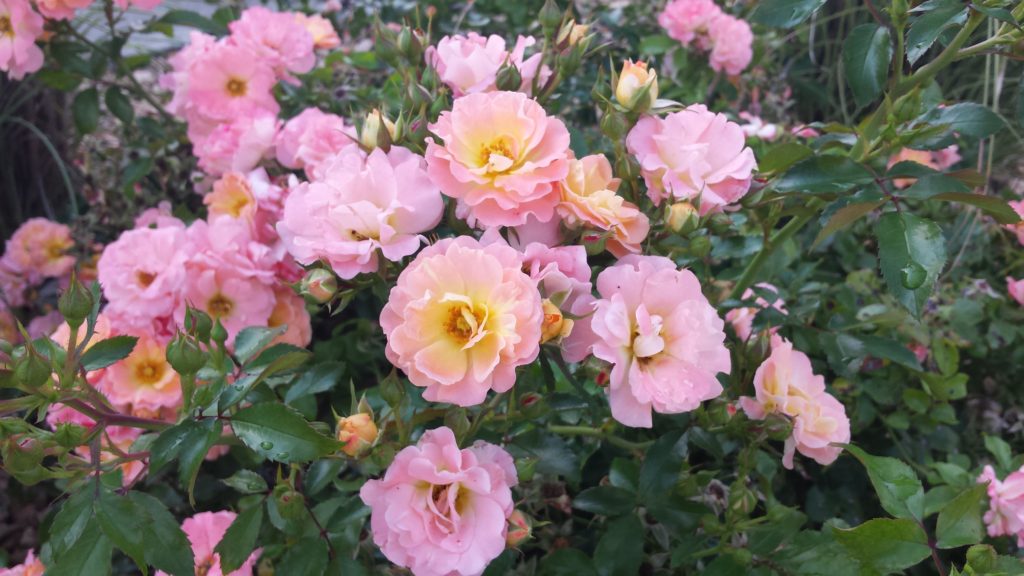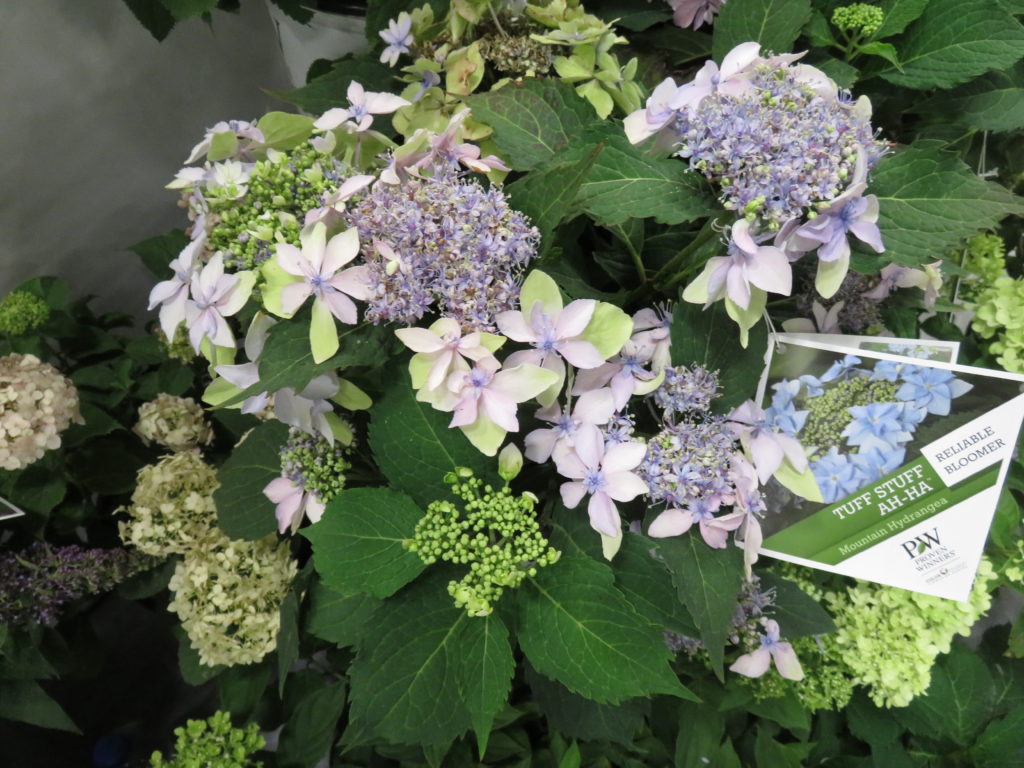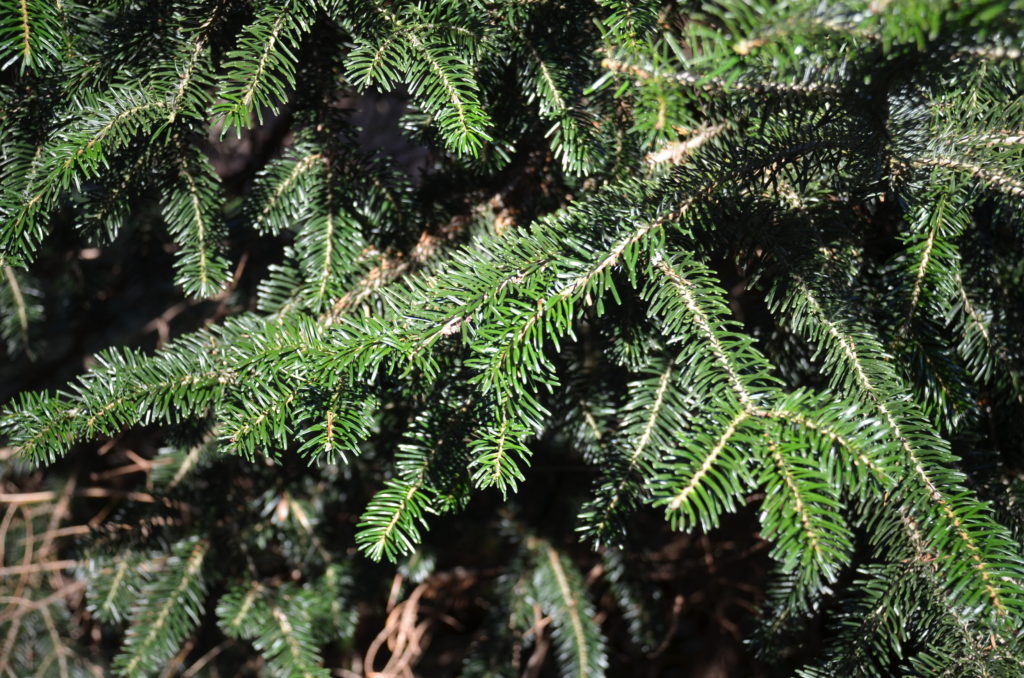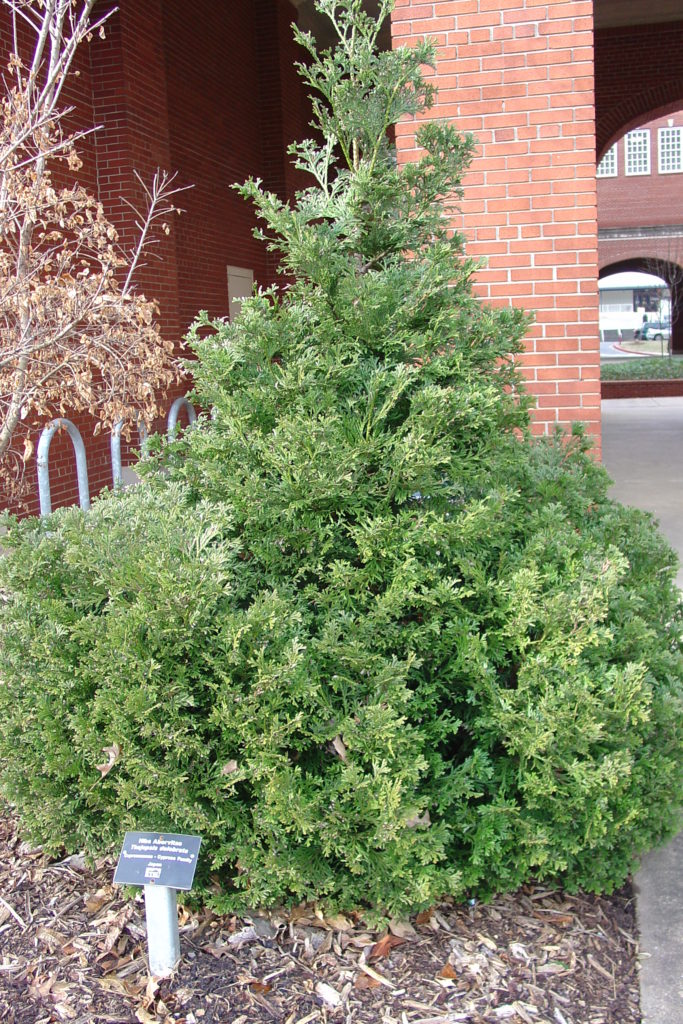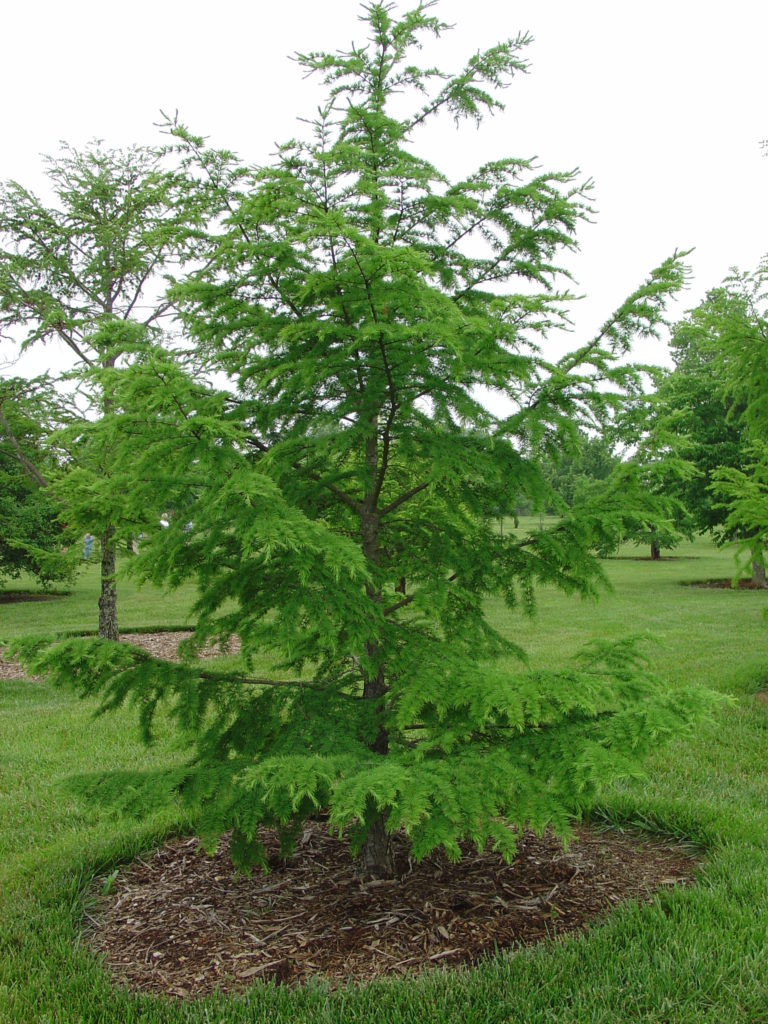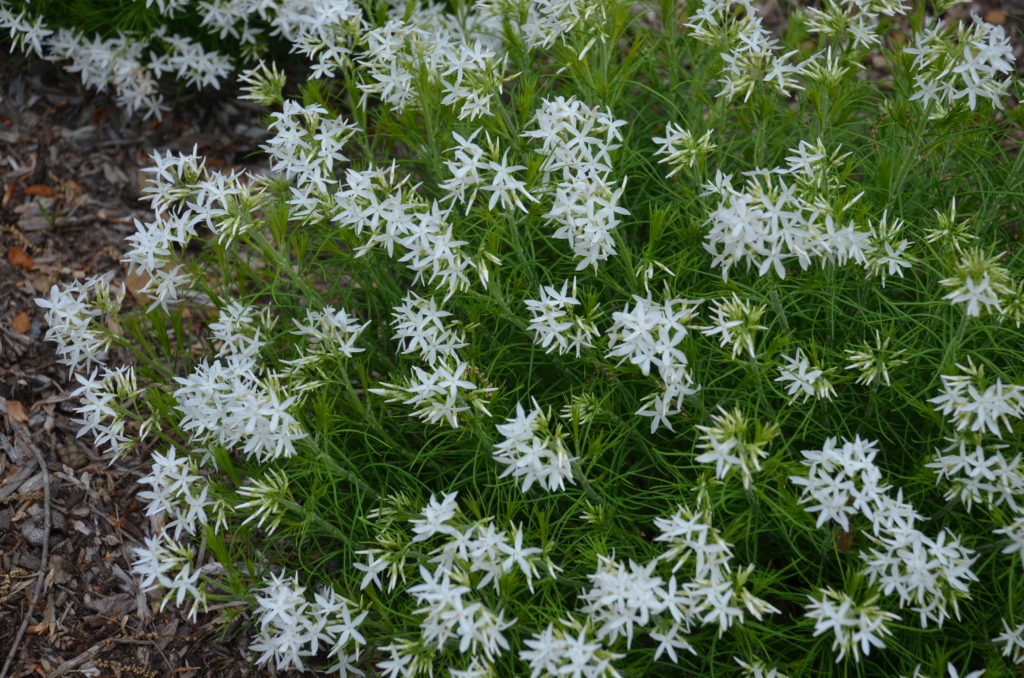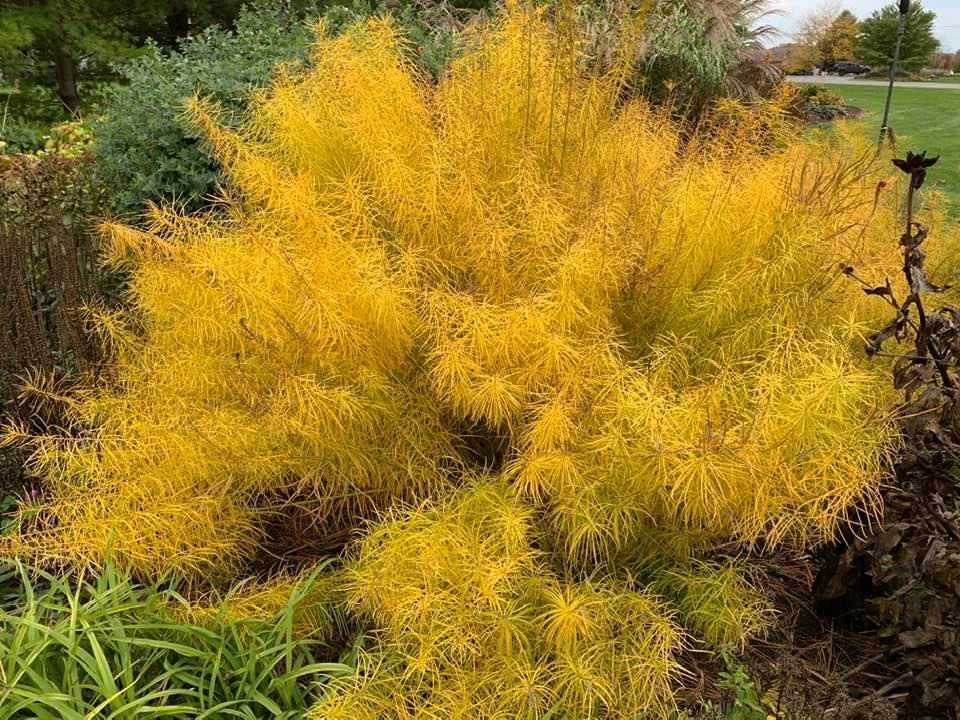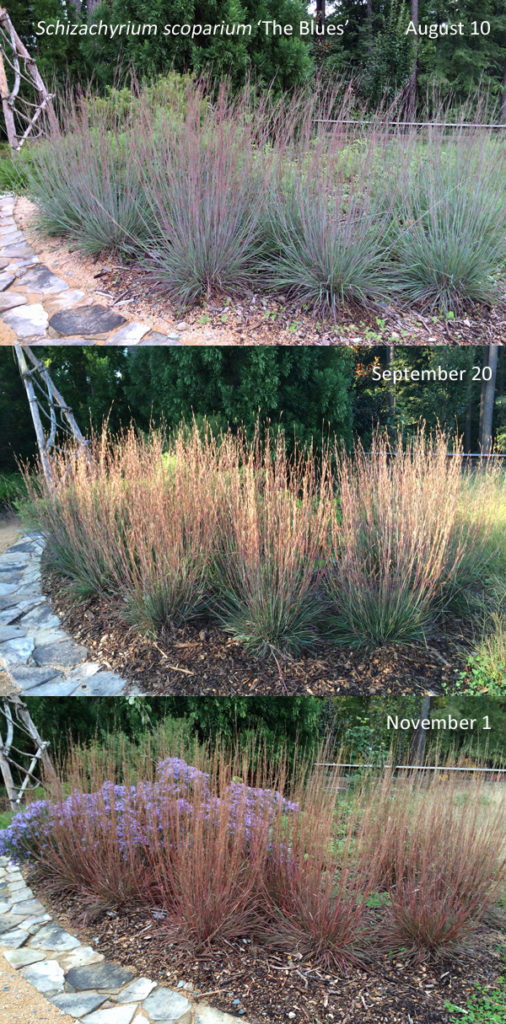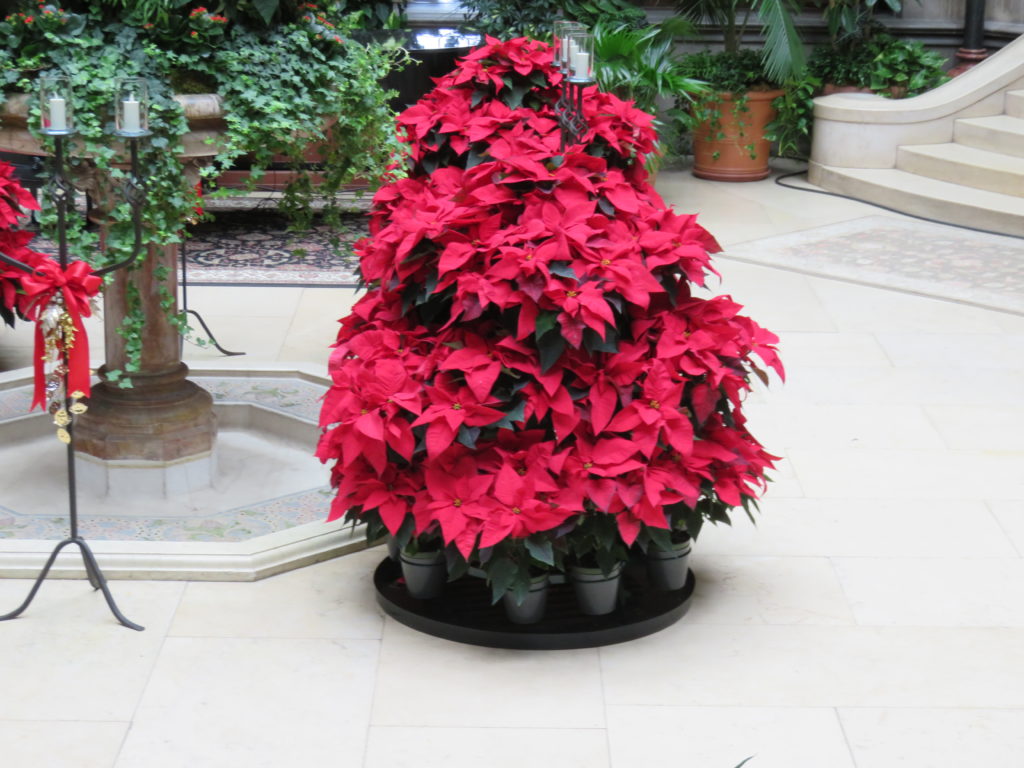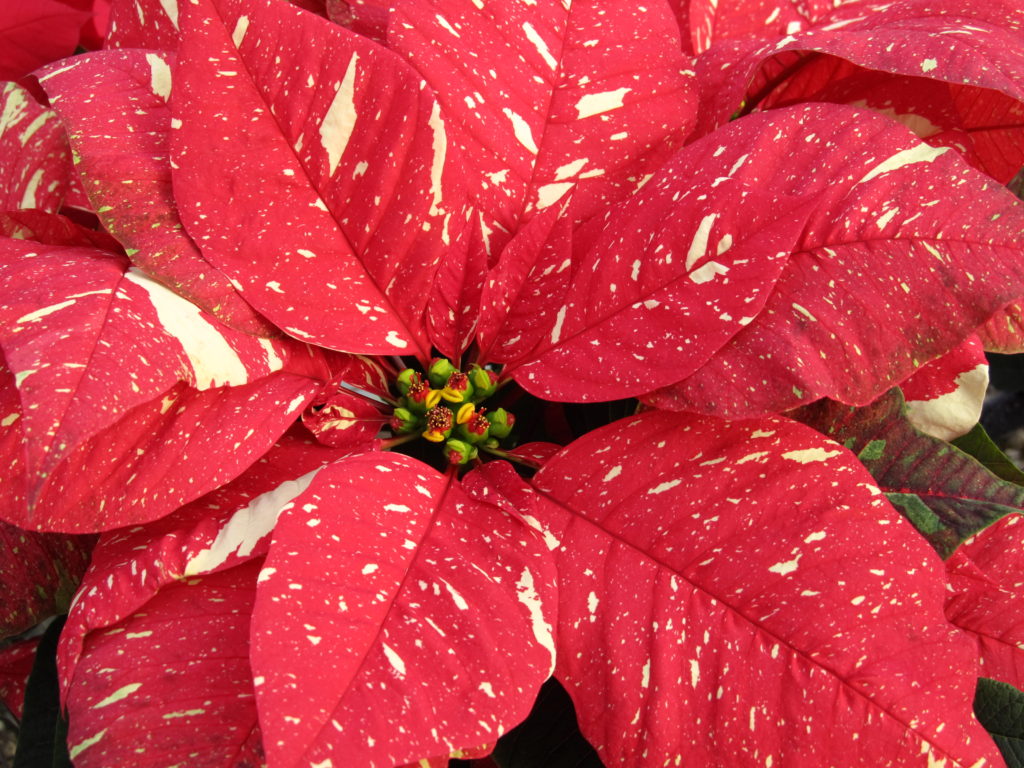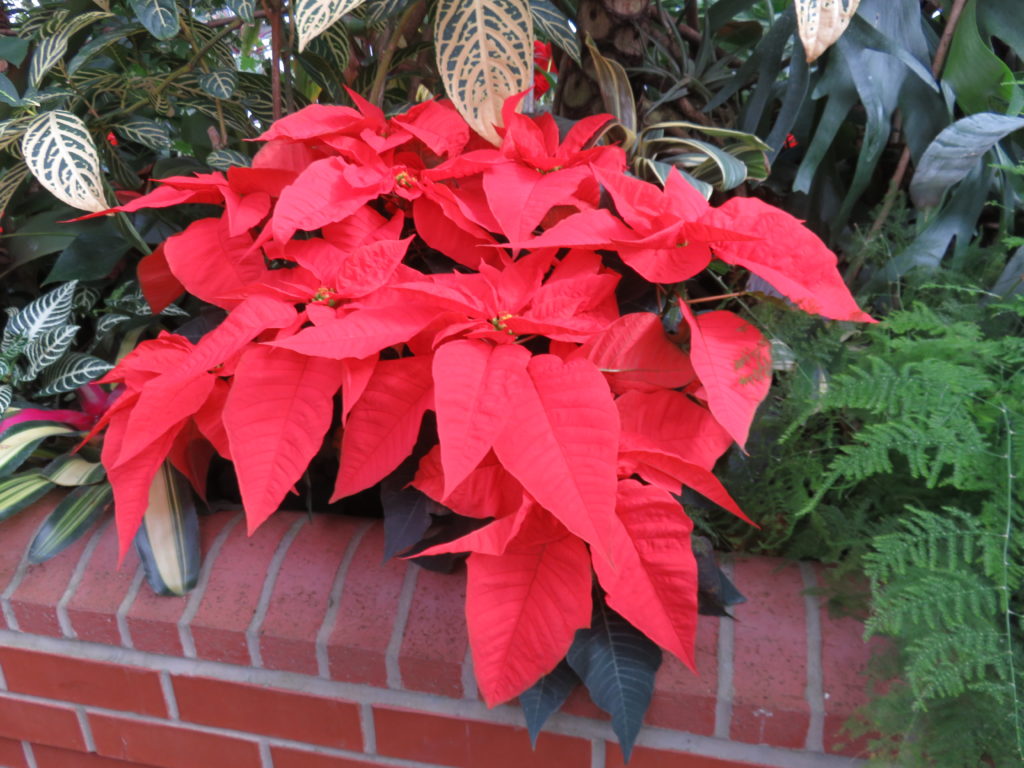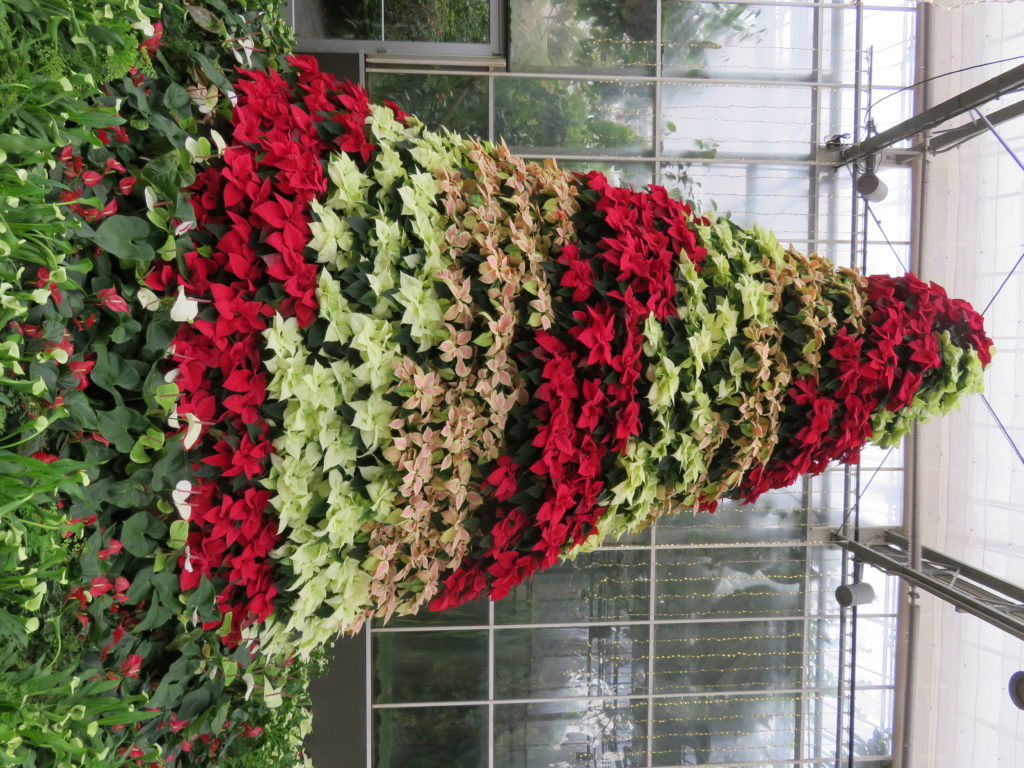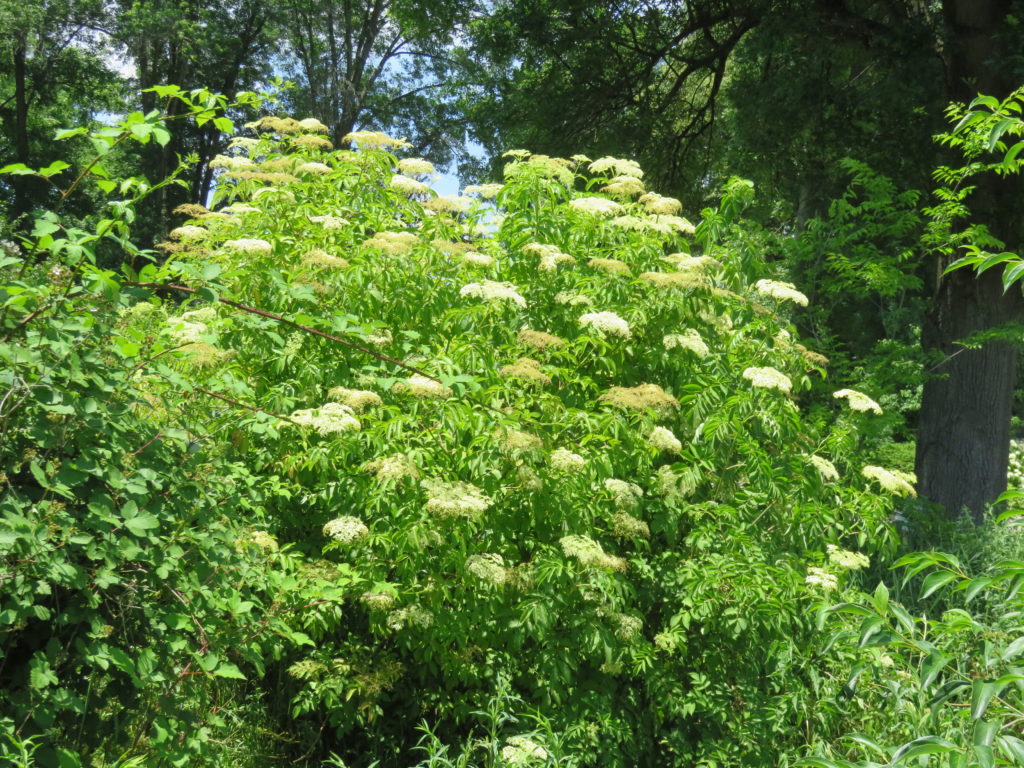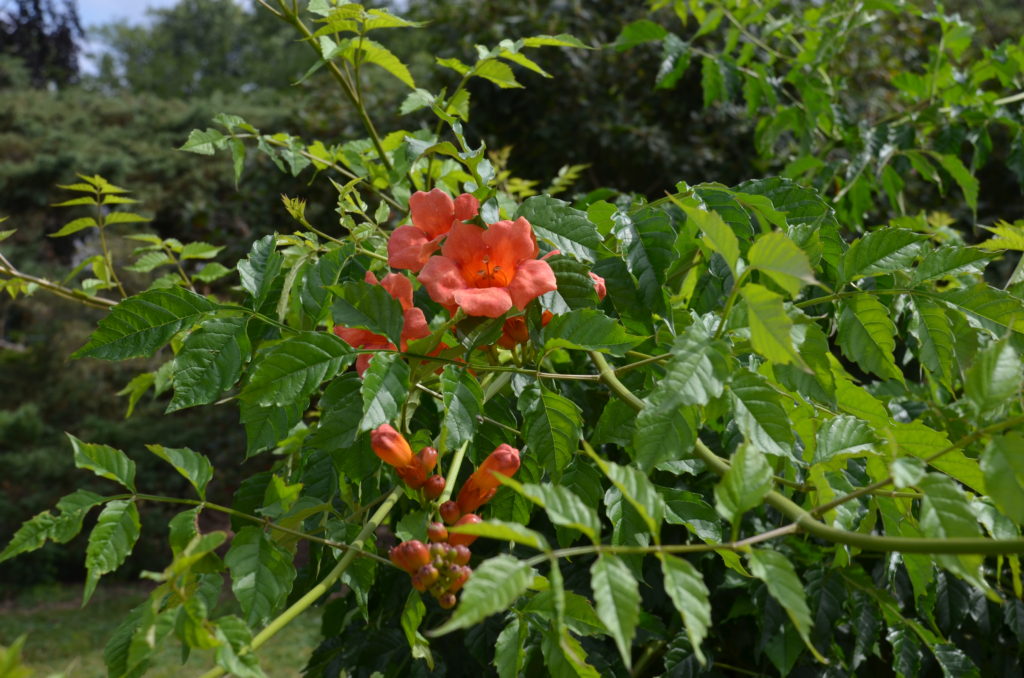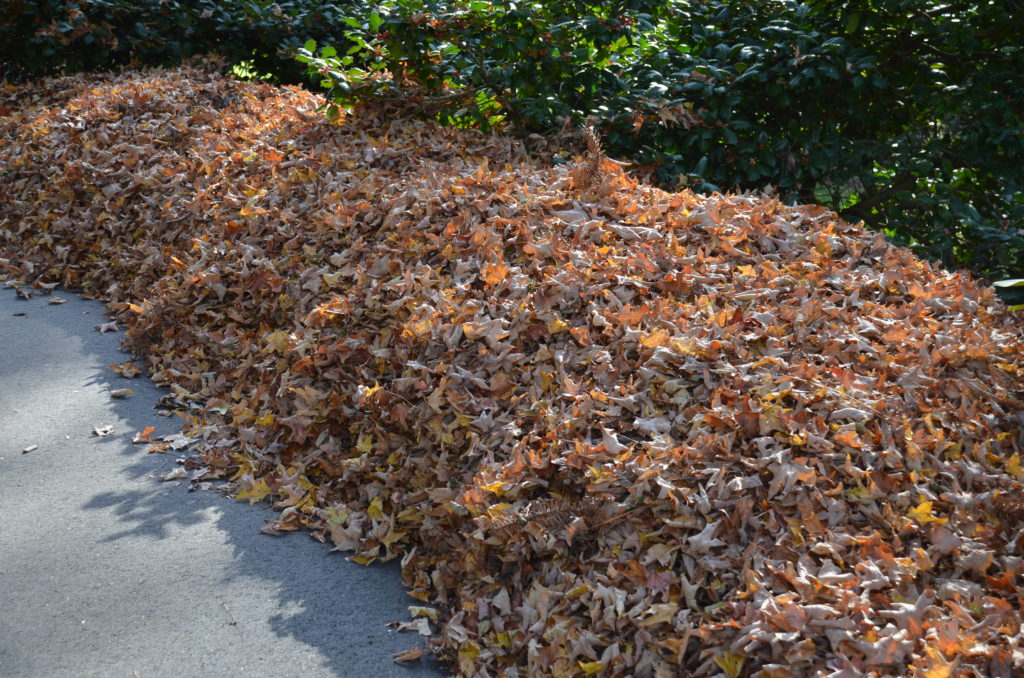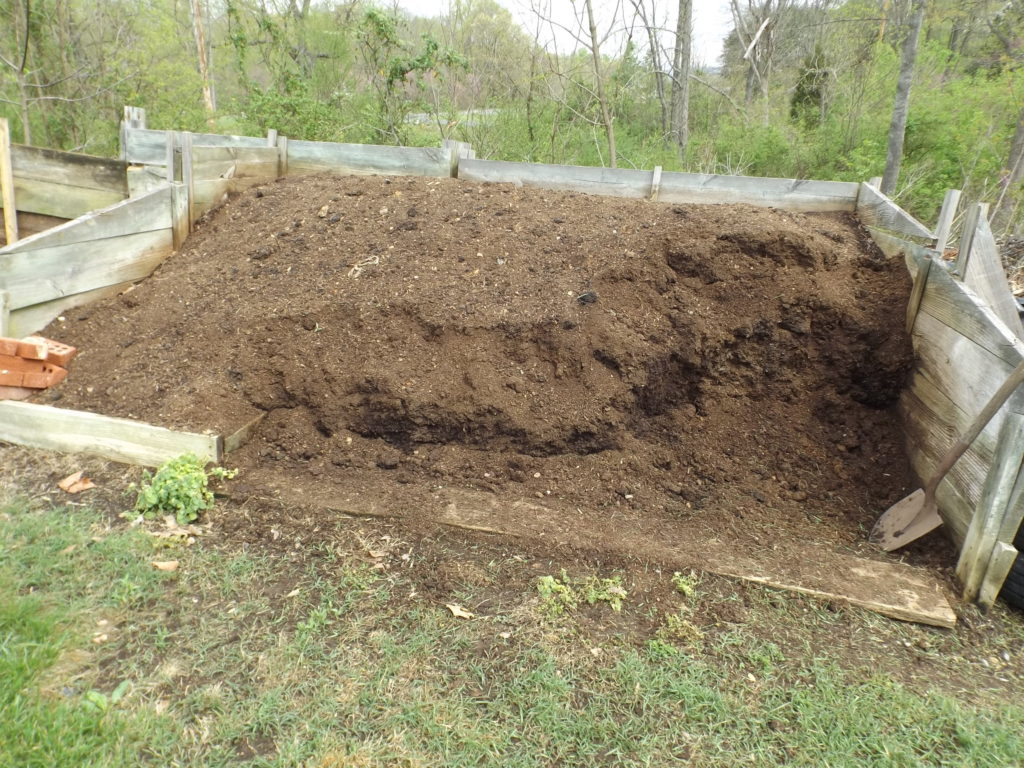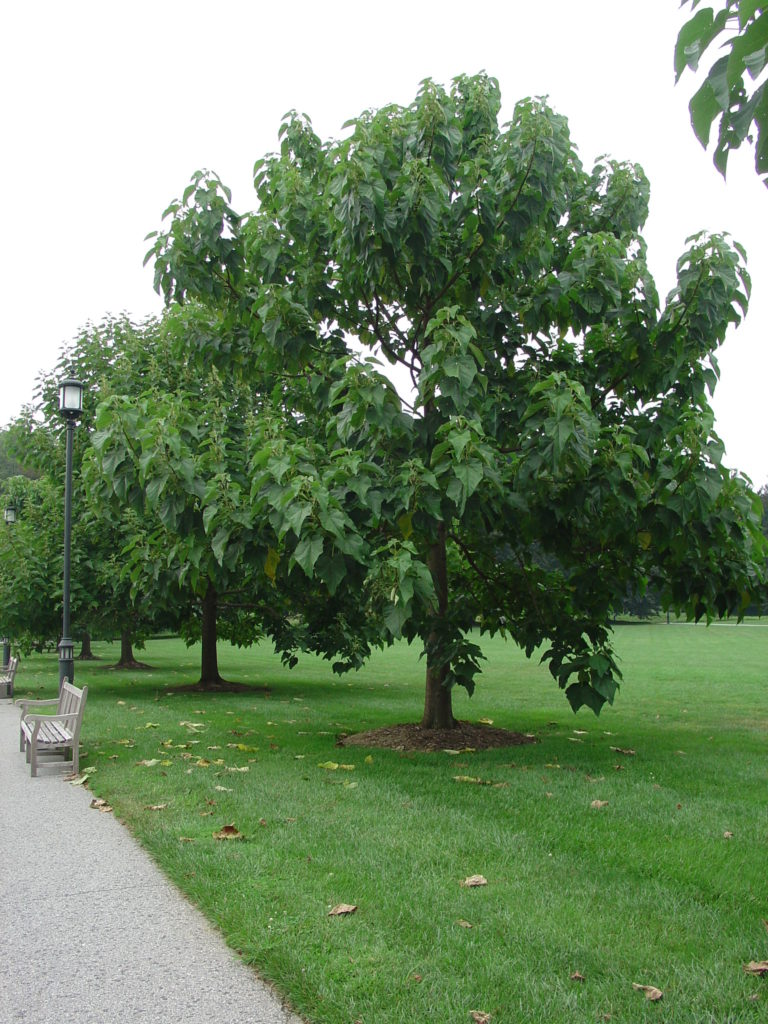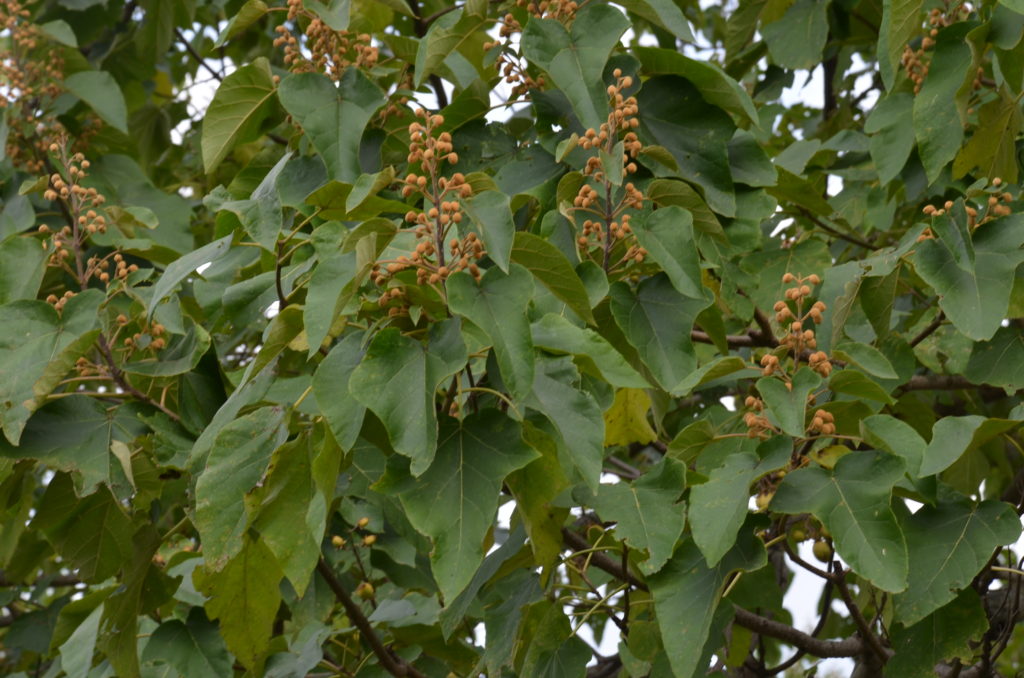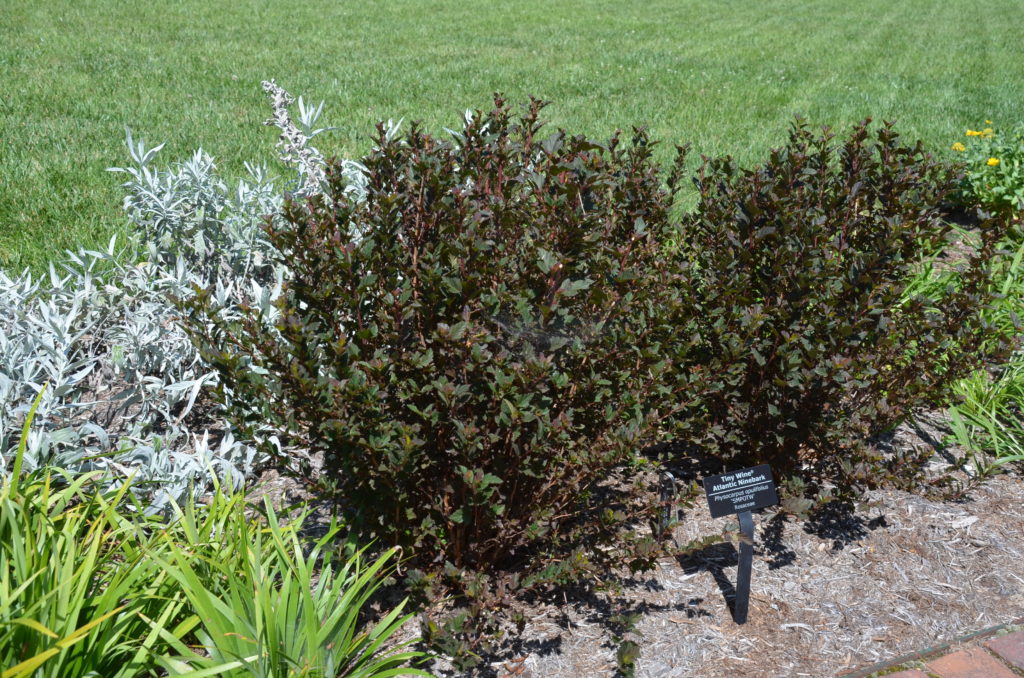
For many urban gardeners, landscape space is very limited. Here are several showy shrub choices along walkways and perennial border, and in deck and patio containers. Each year the list of dwarf shrubs continues to get longer. They are low maintenance, including very little annual pruning.
Shrub Roses – like Drift™ and Flower Carpet™ roses- are just excellent example. These perfectly shaped tiny roses have mostly clean, healthy foliage that stay under 2 feet in height (zone 4-9). They are moderately resistant to rose rosette virus. Some gardeners grow them as perennials.
Small hydrangeas like Tiny Tuff Stuff and Wee White smooth hydrangeas, Date Night weigela, dwarf chaste tree (Vitex), and several more that are newly introduced. Here are some featured tiny shrubs that you’ll like.
Date Night™ Electric Love’ Weigela – only 2-3 feet tall and 3 feet wide compact and vibrant red flowers and dark green foliage; plant it along a walkway or as the star of a decorative patio pot (zones 4-8).
Fine Wine™ Weigela is a shorter version of the variety Wine and Roses, only 2-3 feet tall and wide, deep burgundy foliage and deep pink spring flowers, that will re-bloom in summer (zones 4-8).
Invincibelle Wee White™ Hydrangea (Hydrangea arborescens ‘NCHA5’) produces large pure white flowers from early summer to frost, held upright on sturdy stems; forms a neat 2-3 feet mound (zones 3-9)
Tuff Stuff™ Hydrangea (Hydrangea macrophylla var serrata ‘MAK20’) grow only 2 – 3 feet high and wide with large, heart-shaped, bright green serrated foliage in spring and summer, that turns rich shades of bronze, burgundy, and carmine in autumn; lacecap pattern of tiny fertile flowers (dark red) in a cluster surrounded by larger, sterile florets (magenta-pink) flowers most of the summer. (zones 5-9).
Bobo Panicle Hydrangea (Hydrangea paniculata Bobo) -3-4 feet tall with white flowers that start blooming in mid-July in Tennessee.
Bellini™ Crape Myrtles (Lagerstroemia indica Bellini™ – compact series that bloom earlier, in a choice of delicious colors; plant near your foundation, or as a low shrub border, or in a mixed garden (zones 6-10).
Blue Diddley™ Vitex (Vitex agnus-castus) – blue summer flowers on a 3-6 feet tall compact plant (zones 5-9).
‘Tiny Wine’ ninebark (Physocarpus orbiculatus) – dwarf 3-5 feet ninebark that is smaller than most ninebarks with dark bronze-maroon foliage spring thru fall and white flowers in late spring (Zones 3-7).
